PROTECT YOUR DNA WITH QUANTUM TECHNOLOGY
Orgo-Life the new way to the future Advertising by AdpathwayI used to be firmly against even the best kickstands.
When ordering my KOGA WorldTraveller-S touring bike, I deliberately left the kickstand option unchecked. After all, I hadn’t used one in over a decade of touring – why start now? But when I picked up the bike, there it was: a kickstand already installed. KOGA said, “Just try it, Alee. If you really don’t like it, you can always take it off.”
So, somewhat reluctantly, I agreed.
A few months into the trip, a bolt on the kickstand broke, and I had to take it off temporarily. That’s when I realised how much I’d come to rely on it. Whether stopping for a snack, filming a shot, or grabbing something from my bags, I had been using it constantly. I genuinely missed it.
Now, I’m a full-on kickstand convert. I can’t imagine setting off on another long-term tour without one. Alright, let’s now dive deep into the world of the best kickstands.
Note: This article was originally published in June 2018 but has been updated in June 2025.
Why Should You Use A Kickstand?
For starters, the best kickstands make loading your bike so much easier. No more awkwardly propping it against your leg or hunting for a fence, rock, or tree while you strap on panniers or bikepacking bags. It’s like having a personal assistant holding your bike steady.
They’re also incredibly fast to deploy. I often find myself stopping suddenly – kickstand down in a flash – to snap a photo or grab my rain jacket from the top of a pannier just as the skies open up.
Now, maybe you feel the same way I did six months ago: kickstands are just unnecessary. Or maybe you’ve had a bad experience – one that deployed mid-ride, snapped in half, gouged your frame, or got tangled in your pedals.
That kind of stuff sucks – but I promise the best kickstands listed here won’t do any of that. They stay out of the way, operate silently, are tough enough for world tours, and only add around 250 grams (half a pound) to your setup.
Stabilising The Front of The Bike
Before we dive into kickstands, it’s essential to understand how to stabilise a touring bike, especially if you have a front load and a centre-mounted kickstand.
On most surfaces, your front wheel will naturally swing to one side when the bike leans. This can cause the handlebars to twist up to 180 degrees – or worse, your entire bike to tip over.
With your front end properly stabilised, you’ll get the full benefit of your kickstand – no more toppled bikes, twisted handlebars, or loading struggles. Here are some smart ways to keep your front end steady and make the most of your kickstand setup.
Brake Bands
One easy way to prevent your bike from rolling is to use something that holds your brake levers in place.
Click-Stand makes purpose-built Brake Bands, but a few hair ties or a cut-up inner tube will do the trick just as well. If your bike has a European-style frame lock, that will also keep it from moving unexpectedly.
Steering Locks
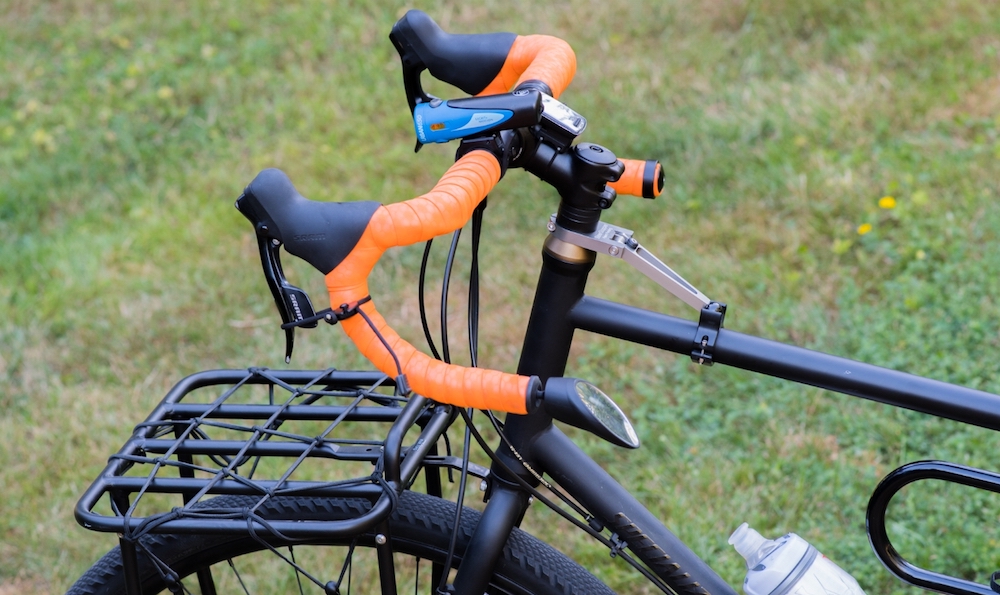
The SteerStopper is a clever little device that prevents your handlebars from turning. Riders who use it tend to swear by it – and as a bonus, it makes it easier to push your loaded bike uphill without having to touch the bars.
Steering Stabilisers
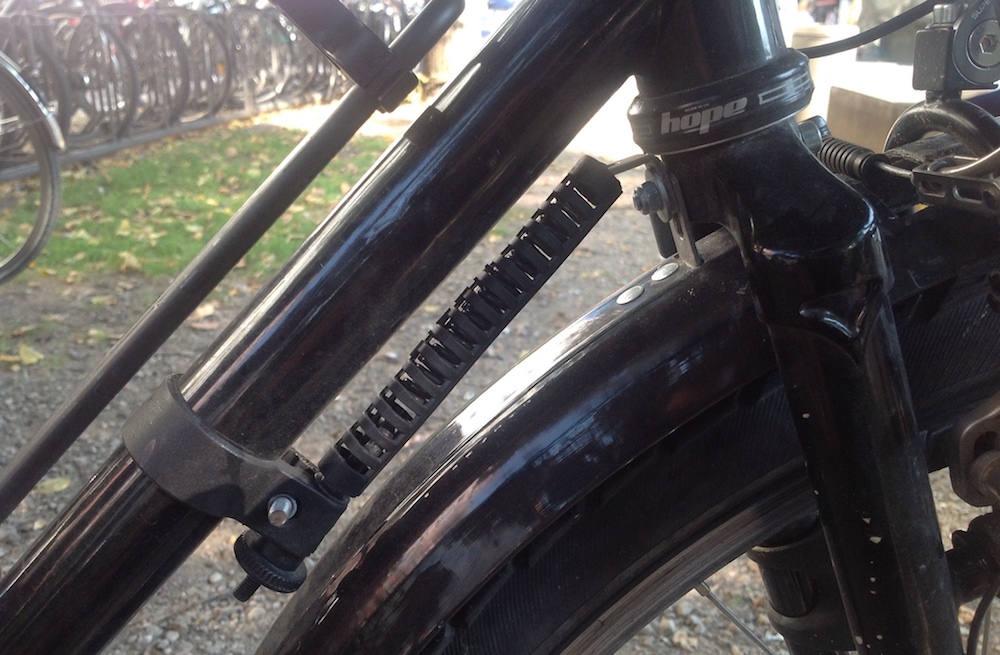
This is a spring that connects your downtube to your fork crown, adding a self-centring effect to your front wheel. It limits the turning radius to about 45 degrees, helping to keep the bike upright while loading a front rack or basket.
Velo Orange and Hebie make the most popular aftermarket options and are just $15 on Amazon.
Front Rack Kickstand
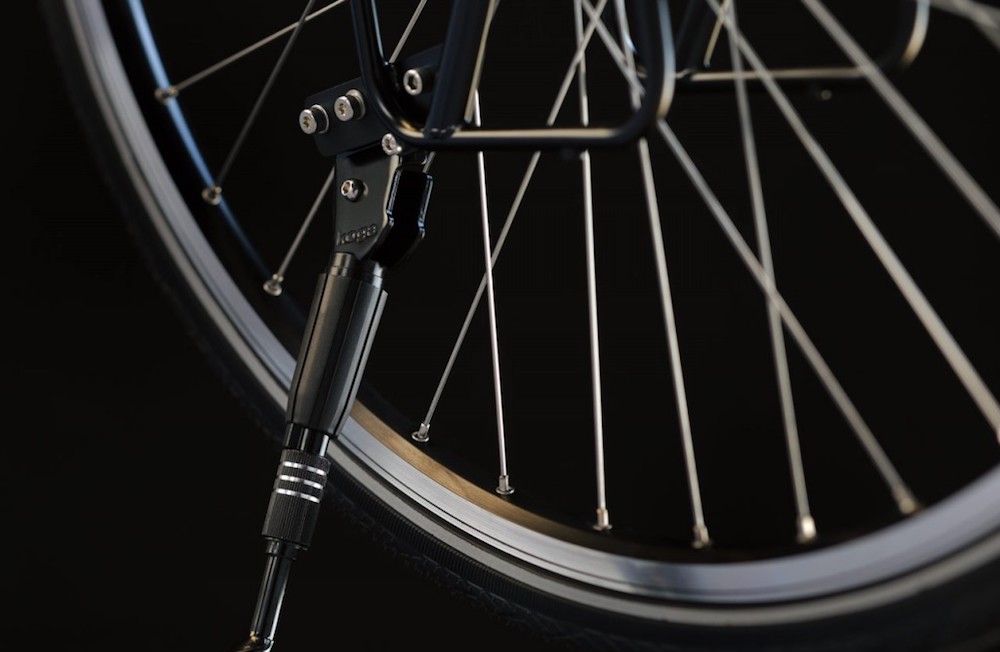
If you don’t want to mess with locks or stabilisers, Tubus offers a dedicated kickstand that mounts directly to their lowrider front racks. It adds a helpful point of contact to the front of your bike, increasing stability overall.
Integrated Steering Limiter
Some bikes – like my KOGA WorldTraveller-S – have built-in steering limiters inside the head tube. These restrict the handlebars from turning more than 45 degrees in either direction. You can see this in action in my KOGA bike video at 2:55.
In my opinion, this is the cleanest and most elegant solution – but it’s only available on select touring framesets.
Kickstand Weight Limits
If you’ve ever broken a good-quality kickstand, chances are you exceeded its weight capacity.
Most kickstands are rated to support between 18 and 25 kg, which is surprisingly easy to surpass, especially with double-leg kickstands, where much of the rear load is effectively hanging off the ground.
Single-leg kickstand limits can be harder to determine, so here’s a general guideline based on your total bikepacking or touring weight (bike + gear + food + water):
- Under 40 kg total weight → Use an 18 kg capacity kickstand minimum
- 40 kg or more → Go for a 25 kg capacity kickstand minimum
If you’re heading out on an extended trip, carrying a week’s worth of food and extra water (especially in remote regions), it’s worth considering a heavy-duty model rated for 35 to 80 kg. These are purpose-built for expedition touring and can handle a fully loaded rig with ease.
Choosing the right capacity will not only prevent failures, but it’ll keep your bike upright and your stress levels low.
Rear Mount Kickstands
Given that most touring bikes carry significant weight over the rear wheel, a rear-mounted kickstand is often the most stable option, especially thanks to its ultra-wide stance.
For best results, you may need to trim or adjust the length of the stand so your bike leans at roughly a 15-degree angle from vertical. With this setup, a steering stabiliser becomes far less important, as the rear kickstand holds everything quite securely.
However, if you’re running a minimal rear load—say, front panniers with just a saddle pack—you’re better off skipping this section and jumping down to the double-leg kickstands below.
Integrated KSA-40 Kickstand Mounts
The KSA-40 standard is the most common mounting format, using two bolts spaced 40mm apart.
The best-designed frames use a nut + M6 bolt system, making it easy to remove a broken bolt. However, some bikes use weaker M5 threaded holes, which require regular bolt checks to avoid bending or snapping them inside the frame.
My personal favourite, and the one I use on my own bike, is the Pletscher Comp 40 Flex. It supports up to 50 kg, weighs just 360 grams, and comes with stainless steel bolts for added durability. The leg length is adjustable in 7.5 mm increments, making it compatible with bikes running 20″ to 29″ wheels.
Recommended:
- Pletscher Comp 40 Flex (50 kg) – US $38 on Amazon
- Hebie FIX 40 (30 kg)
Integrated KSA-18 Kickstand Mounts
The KSA-18 is a neater but slightly less robust mounting system, using two mounting holes spaced 18mm apart on the dropout or chainstay.
Recommended:
- Pletscher Comp 18 Flex (50 kg) – US $35 on Amazon
- Hebie FIX 18 (30 kg)
Adjustable Rear Kickstands
If your frame lacks dedicated mounting points, adjustable rear kickstands are your go-to option.
They’re usually compatible with rim brake touring bikes, though you’ll want to check clearance if you have a spoke holder. If you’re running disc brakes, these stands may or may not fit – seatstay-mounted calipers are usually fine, but chainstay-mounted calipers can be trickier.
The Pletscher Multi models tend to have better compatibility with disc setups. I’ve marked up a photo showing potential bolt locations HERE, but final fitment depends on your frame’s chainstay diameter, dropout shape, and brake model.
Recommended:
- Pletscher Multi Zoom (18 kg) – US $47 on Amazon
- Pletscher Multi-Flex (50 kg)
- Hebie FOX (25 kg)
Centre Mount Kickstands
Centre-mount kickstands are among the most popular types – many touring frames even come with an integrated kickstand plate to accommodate them.
If your frame doesn’t have a dedicated mount, be extremely cautious when installing one: Overtightening the bolts can crush or crack your chainstays, which has sadly ended more than a few frames.
With centre-mounted kickstands, it’s especially important to stabilise your handlebars using a brake band, steering stabiliser, or lock. This prevents unwanted bar swing and greatly reduces the risk of your bike tipping over.
Single Leg Kickstands
Single-leg kickstands aren’t quite as stable as rear-mount designs, but they’re a solid option if your frame has a proper centre kickstand plate. They’re also surprisingly effective on uneven terrain, as long as you’ve got some weight over the rear wheel for balance.
Aim to adjust the length so your bike leans at about 15 degrees. One trade-off: since the kickstand sits right behind the bottom bracket, you won’t be able to spin the cranks backward, which makes chain lubing or drivetrain tweaks a little more annoying. Some people also report hitting these kickstands with their heels.
Recommended:
- Ursus King 79 (35 kg)
- Pletscher Optima Flex (50 kg) – US $26 on Amazon
Double Leg Kickstands
 Pletscher Twin mounted to a centre plate. Image: Johnny Issak
Pletscher Twin mounted to a centre plate. Image: Johnny IssakDouble-leg centre stands are the go-to option for heavy bikes like eBikes, cargo bikes, tandems, and front-heavy touring rigs.
These stands offer exceptional stability, but you’ll need to measure carefully – most are designed for a kickstand plate-to-ground height of 280mm, 300 mm or 320 mm. Make sure you measure up and fit the right one. Ideally, both wheels will stay on the ground when deployed.
While heavier (typically 700 to 1500 grams), the wide stance of a double leg kickstand is unmatched: the Ursus Big Foot spans 260 mm, and the Jumbo reaches 460 mm. The Pletscher Twin has a narrower base, so it’s best on flat terrain with balanced panniers.
Bonus: These stands double as portable bicycle repair stands!
Recommended:
- Pletscher Twin Leg (25 kg) – US $57 on Amazon
- Ursus Big Foot 87 (50 kg) – US $42 on Amazon
- Ursus Jumbo (100 kg) – US $59 on Amazon
Click-Stand Bike Props
Click-Stands are tentpole-style bike props that consistently earn praise for being lightweight, portable, and surprisingly stable. Best of all, they don’t require any kickstand mounts on your frame.
I’ve spent a good amount of time testing them, and they definitely work, especially for bikes without integrated mounts or for ultralight setups.
That said, I find the setup and takedown process a bit fiddly compared to a spring-loaded kickstand. Because of that, I tend to reach for them less often in practice.
Kickstand Parts
Surly Disc Trucker Mount Plates
After years of advising against kickstands on their frames, Surly now offers dedicated kickstand plates for the Long Haul Trucker and Disc Trucker models. These two-piece plates are designed for centre-mount kickstands and clamp securely around the chainstays, effectively distributing the clamping force and protecting your frame from damage.
Note: There are two versions of the Disc Trucker, pre-2020 and post-2020, so make sure you select the correct plate for your model.
Surly Kickstand Adapters for Troll, Ogre, ECR
For the Troll, Ogre, and ECR models, Craig Meyer offers a clever solution: a two-piece 3D-printed stainless steel adapter kit that allows you to mount a KSA-18 kickstand directly to the dropouts. See them in this video HERE.
Note: These adapters are not compatible with Rohloff hubs using the external gear mechanism, as clearance issues can occur.
Summary
Kickstands are incredibly useful on touring bikes, especially when loading gear, grabbing snacks, or shooting photos. While often overlooked, modern kickstands are stable, durable, and weigh as little as 250 grams.
Rear-mount models offer the most stability, especially for heavy rear loads, while centre-mount and double-leg stands are ideal for front-loaded setups. Click-Stands are ultralight and versatile but less convenient to use.
For maximum reliability, match your kickstand to your total bike weight and use steering stabilisers or brake bands to keep your setup upright.
No related posts.


 3 weeks ago
6
3 weeks ago
6
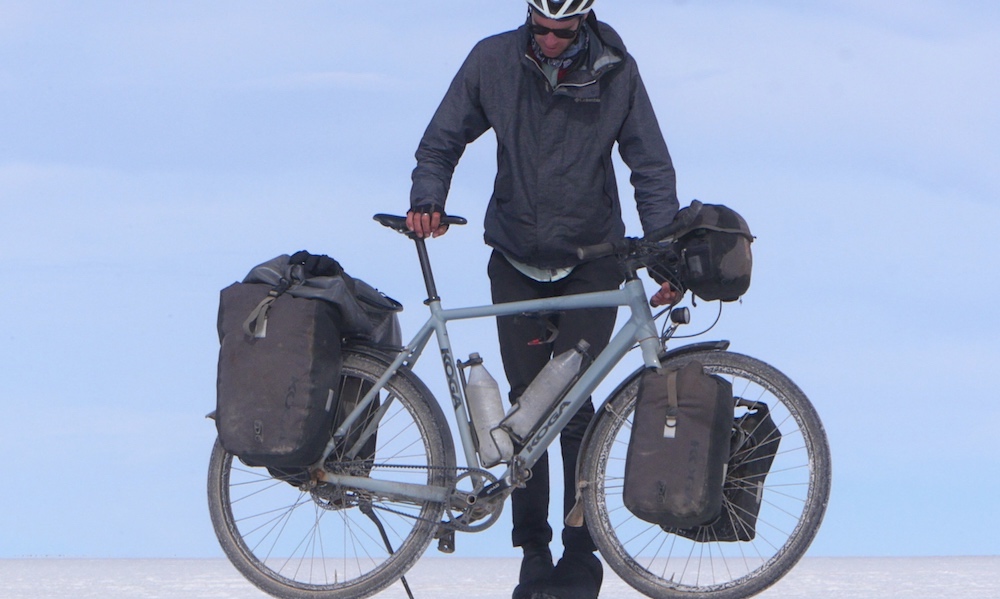
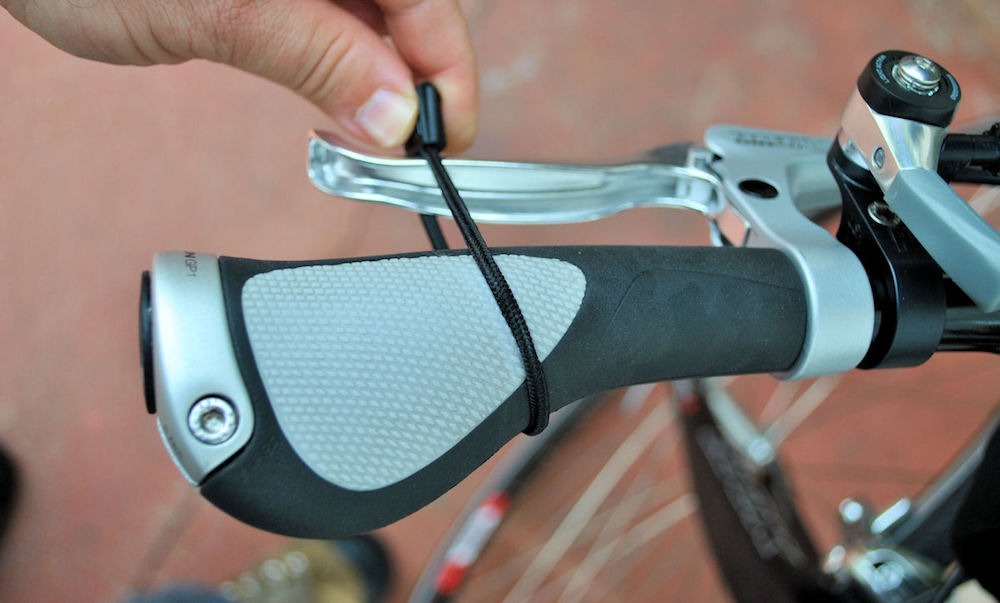

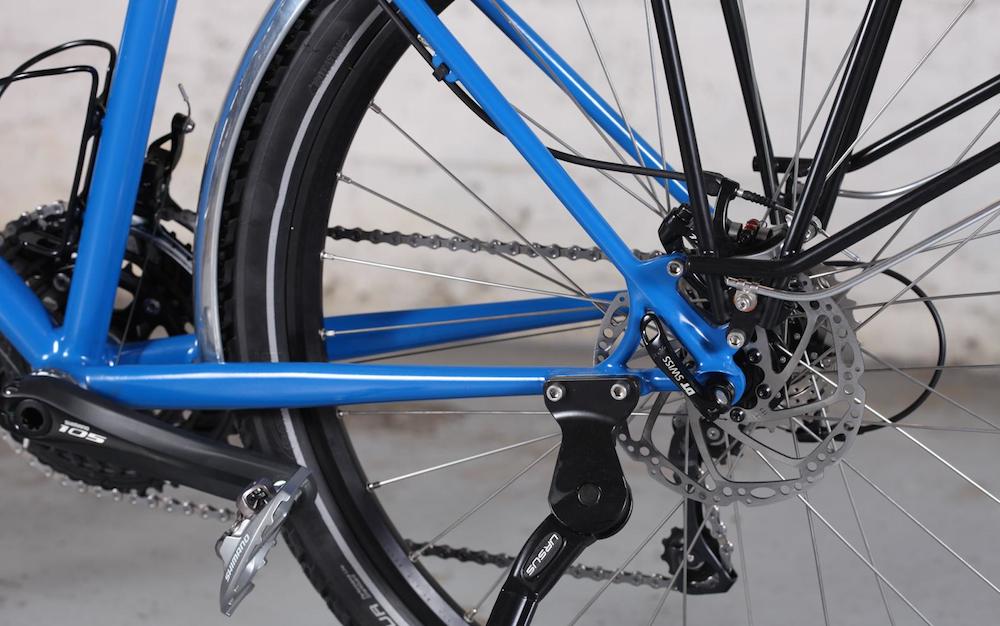
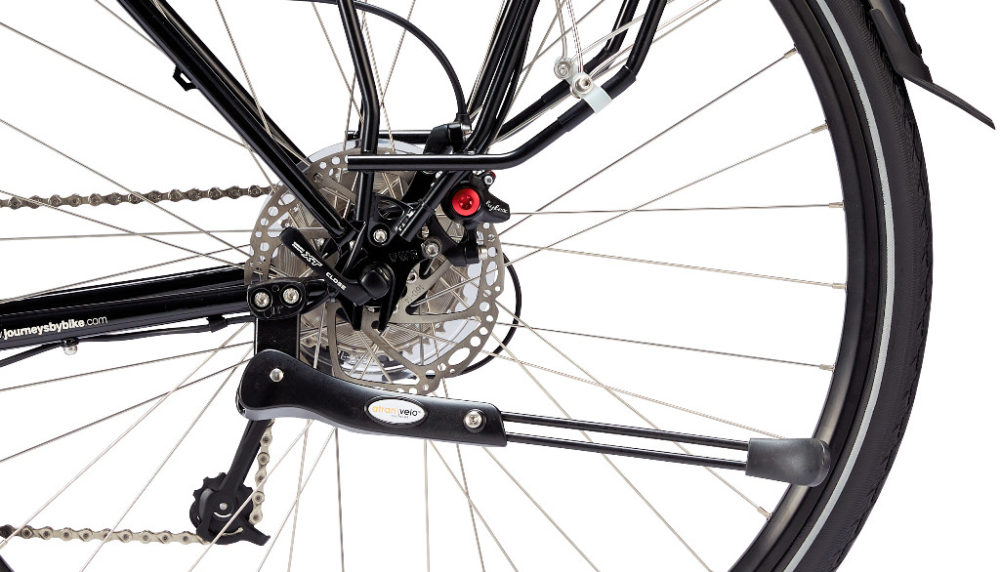


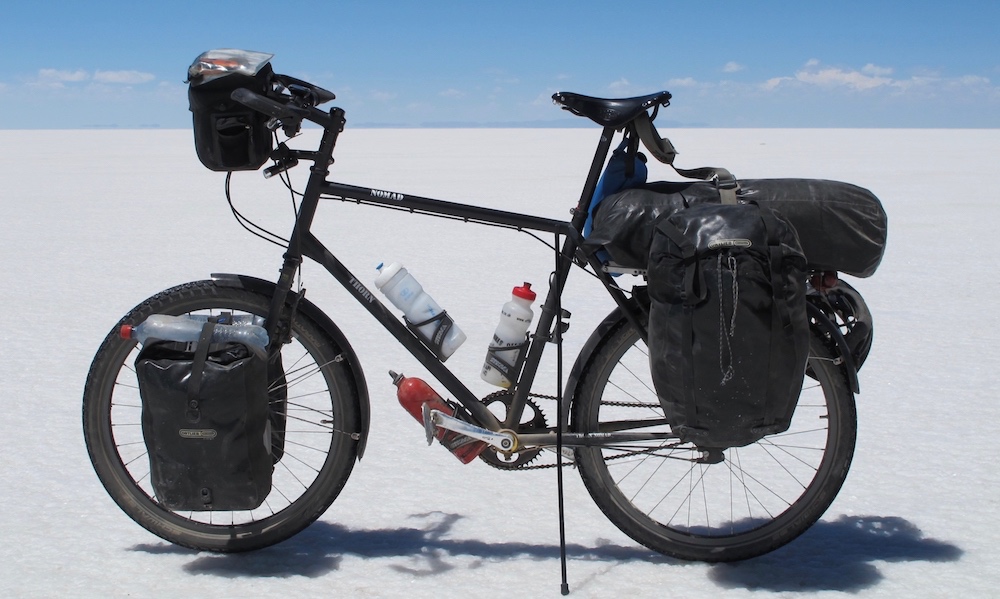

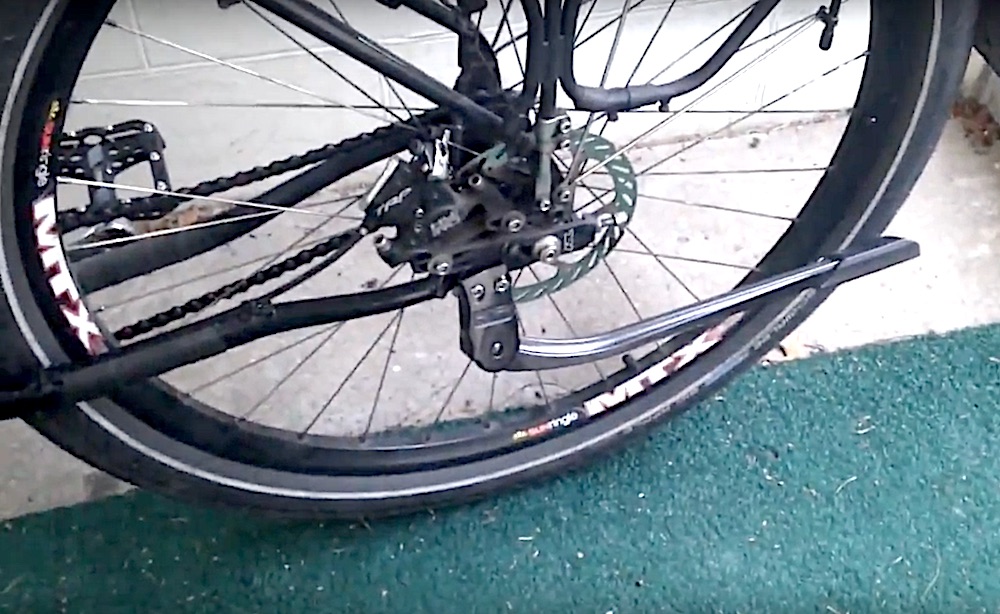

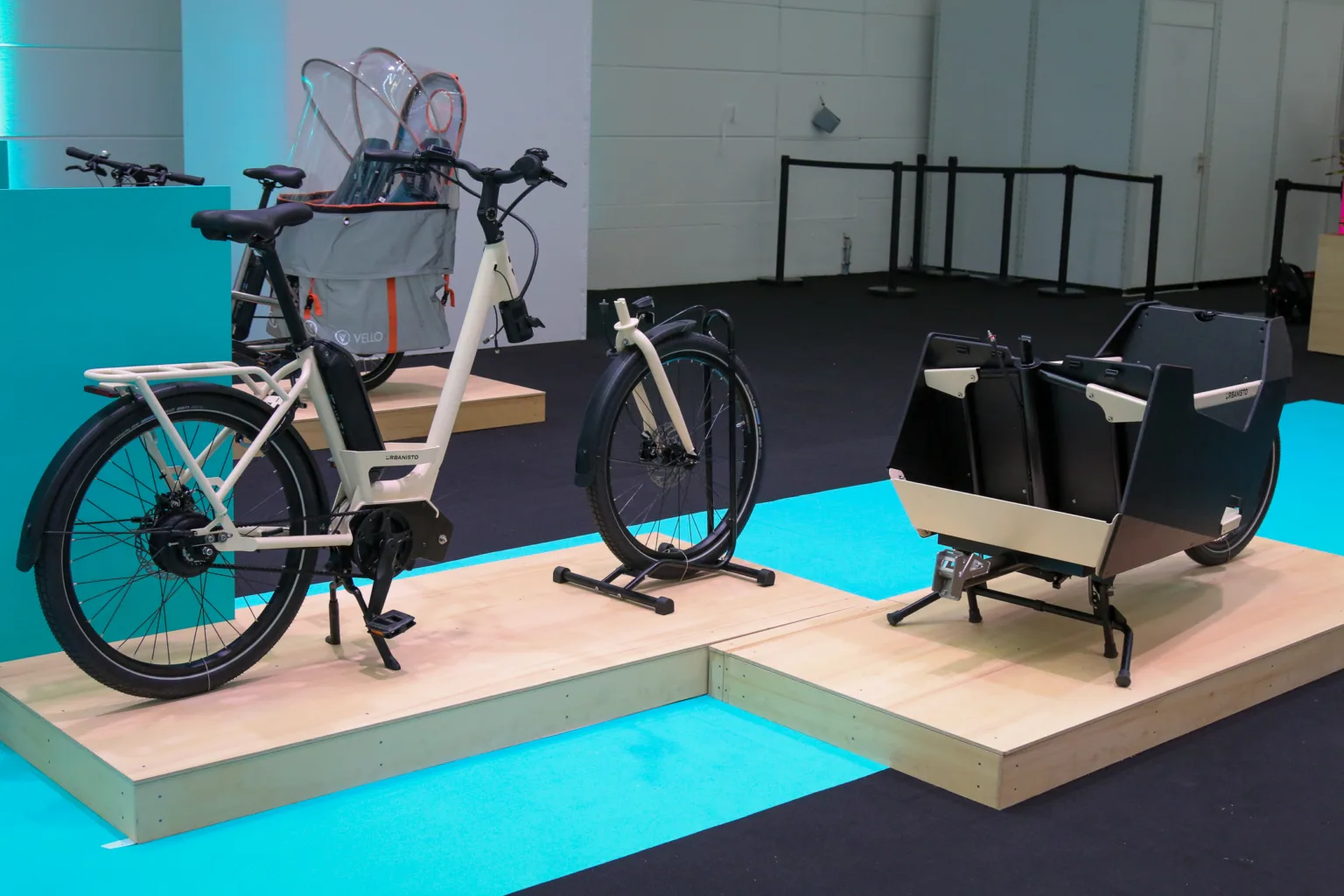

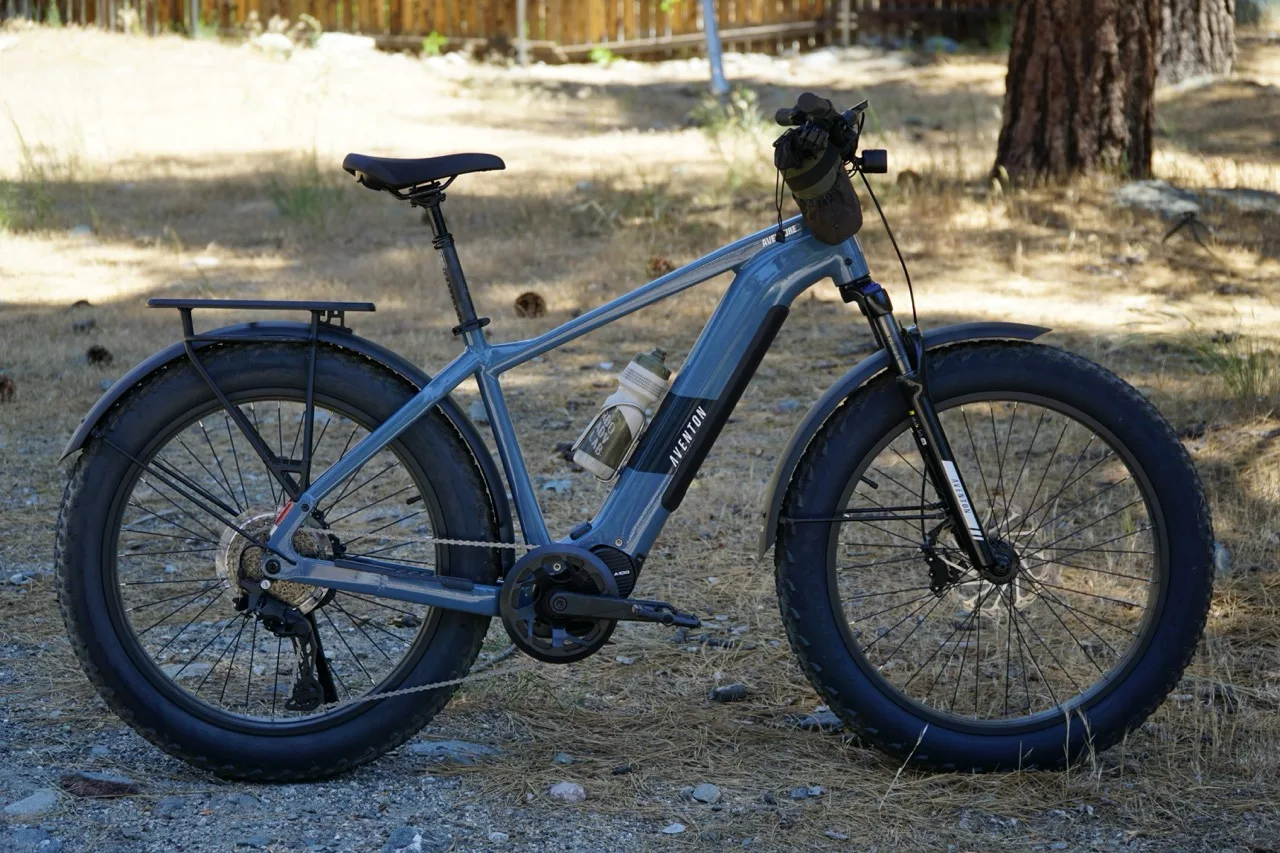
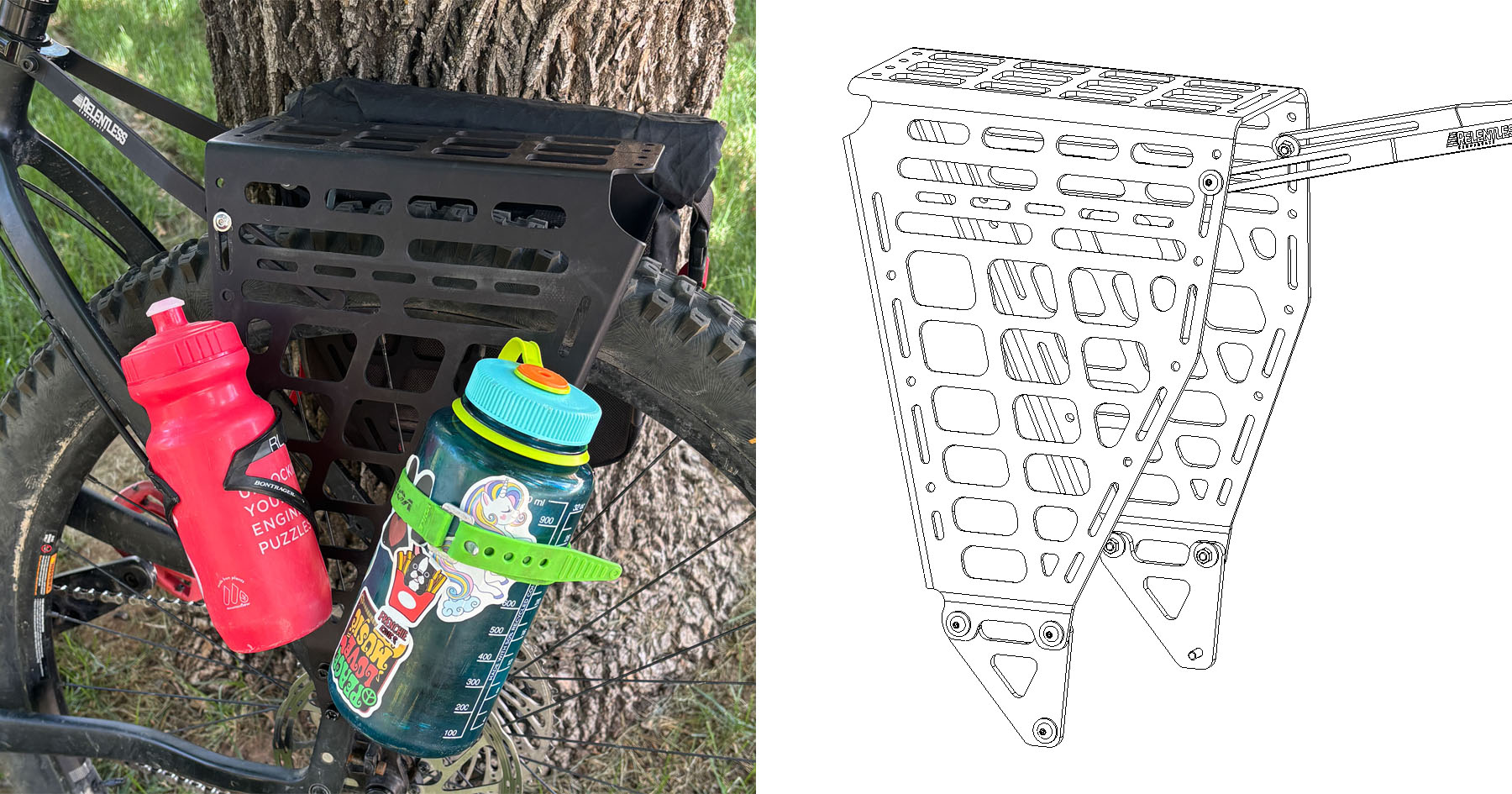
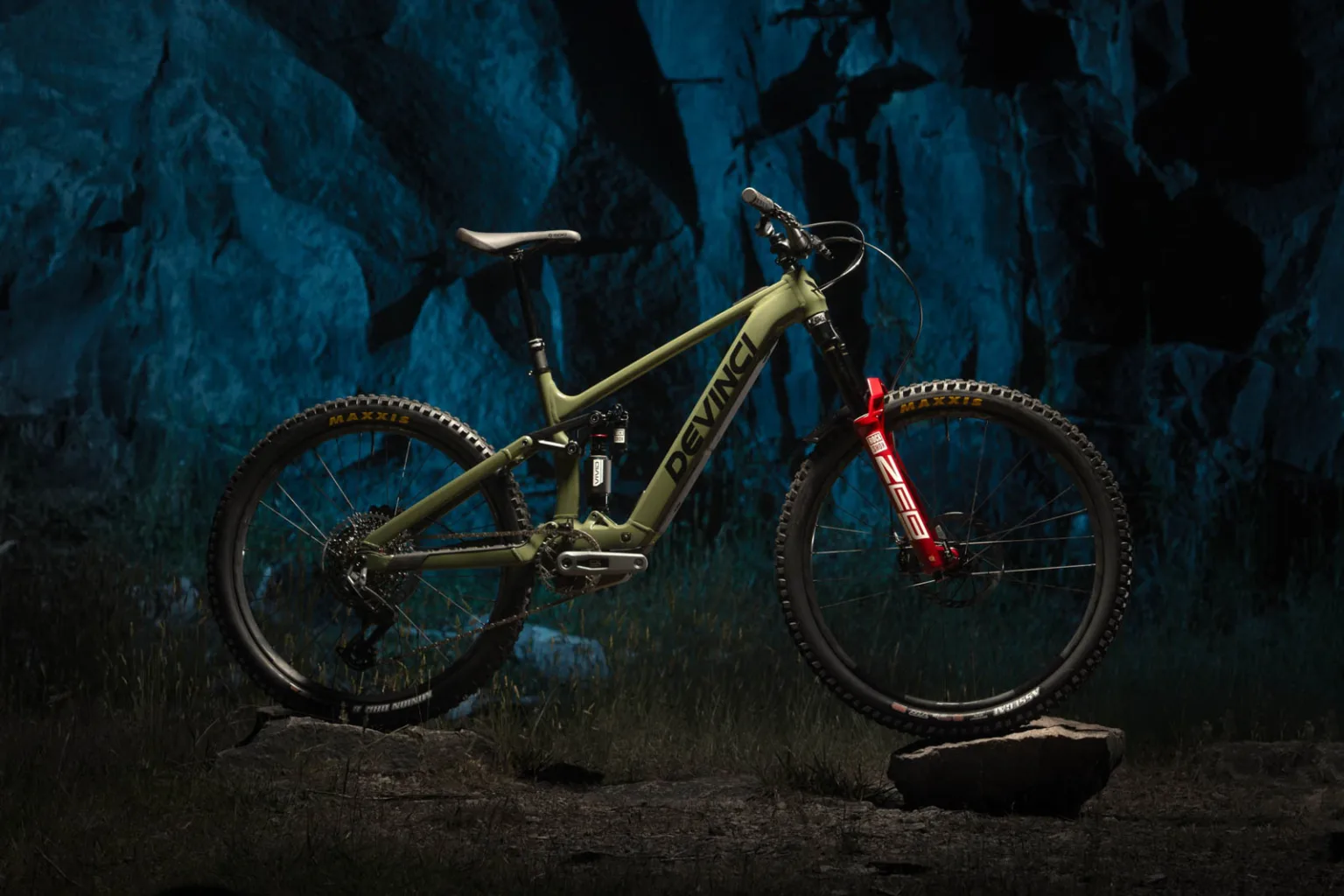




 English (US) ·
English (US) ·  French (CA) ·
French (CA) ·  French (FR) ·
French (FR) ·